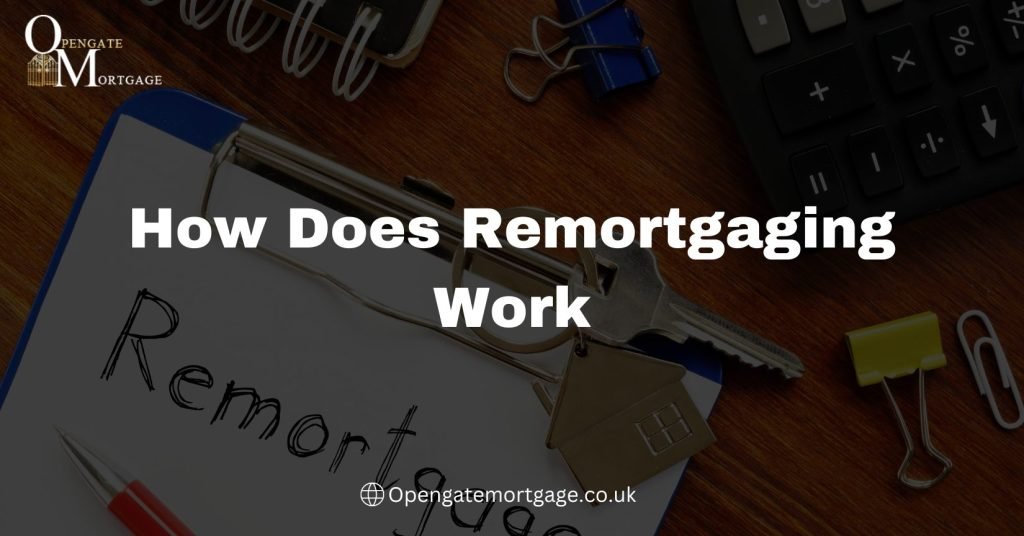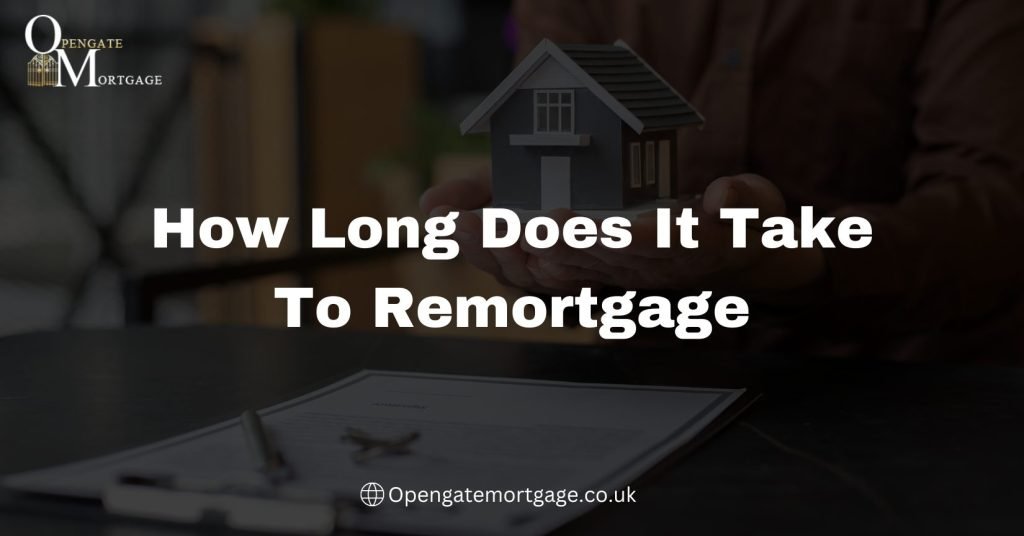As a real estate investor, securing financing for your buy-to-let properties is a crucial part of your investment strategy. While a large down payment of 20-25% is typically recommended for a standard mortgage, buy-to-let loans often require a higher deposit to offset the additional risk. The deposit amount will depend on several factors, including your credit score, income, the property value, and loan-to-value ratio requirements set by the lender.
Before you start searching for investment properties, determine how much you can put down for a deposit. Then explore your financing options to find a loan that matches both your investment needs and financial capabilities. With an adequate deposit in hand and a competitive interest rate, you’ll be in a great position to purchase an income-generating rental property. But how much do you actually need to get started in buy-to-let real estate investing? Here’s an overview of the typical deposit requirements to help you plan your next steps. In this article you will come to know that How Much Deposit Do You Need For Buy To Let

Minimum Deposit Requirements for Buy to Let Mortgages
To obtain a buy to let mortgage, you will typically need a larger deposit than for a standard residential mortgage. Most lenders require a minimum of 25% of the property’s value as a deposit for a buy to let mortgage. Some lenders may require an even higher deposit, around 40-50% of the property’s value, especially if you are a first-time landlord or have a poor credit history.
A higher deposit amount means the lender is taking on less risk, as you have more equity in the property. If the property value were to drop or if you were unable to keep up with mortgage payments, the lender has a larger buffer before going into negative equity. For landlords, a higher deposit also means lower interest rates and monthly payments on the mortgage.
The exact deposit amount required depends on several factors, including:
- Your credit score and history. A higher score indicates you are a lower risk to lenders, so you may qualify for a lower deposit.
- The type of property. Purpose-built student accommodations or multi-unit blocks of flats, for example, are seen as lower risk so may need a lower deposit.
- Interest coverage ratio. This measures your expected rental income against the mortgage payment. A higher ratio means more coverage so lower deposit.
- Loan to value ratio. This measures the size of the mortgage against the property value. A lower LTV means lower risk to the lender so may require a lower deposit.
By putting down a sizable deposit, you can secure a competitive mortgage rate and terms for your buy to let property. Be sure to shop around at different lenders to find the best offer for your situation. With the right financing in place, you’ll be well on your way to becoming a landlord.
How Much Deposit Should You Put Down?
To obtain a buy to let mortgage, you will need to put down a sizable deposit, typically 25-40% of the property’s value. The more you can put down, the better.
•A 25% deposit is usually the minimum required. This means for a $200,000 property, you would need at least $50,000 upfront. The lower your deposit, the higher your interest rate is likely to be.
•A 30-40% deposit, equal to $60,000-$80,000 on a $200,000 property, will allow you to get a better interest rate, saving you money in the long run. It also means your mortgage repayments will be lower each month, an important factor for investment property cash flow.
•The larger your deposit, the less risk for the lender, so you will be seen as a less risky investment. This can open you up to more lenders and better loan terms. It also gives you more equity in the property straight away.
Having a substantial deposit for your buy to let investment is well worth the effort to save. While it may require discipline, the rewards will pay off through lower costs, reduced risk, and a greater chance of strong, long-term returns. If needed, you might consider other options to build up your deposit, such as taking on a second job, cutting your living expenses, borrowing money from friends or family (if you’re comfortable with that), or using crowdfunding platforms.
With the right deposit in place, you’ll be in a great position to purchase an investment property and start building wealth through buy to let. The effort to save and plan will have been worthwhile. You’ve got this! Keep your eyes on the end goal and make it happen.
The Pros and Cons of Different Deposit Amounts
When purchasing an investment property, the deposit amount you put down can have significant pros and cons to consider.
Lower Deposit (10-25%)
Putting down a lower deposit, between 10 to 25% of the property price, means you need to borrow more of the total cost as a mortgage. While this allows you to purchase the property sooner, you will end up paying higher interest charges over the lifetime of the loan. You will also typically face higher mortgage payments each month. Lenders may view you as a higher risk, so you may face more stringent borrowing criteria and conditions.
Higher Deposit (25-40%)
A higher deposit of 25 to 40% provides more equity in the property upfront, allowing you to borrow less as a mortgage. This results in lower interest fees over time and smaller monthly repayments. Lenders see you as a lower risk, so may offer more attractive interest rates and flexible terms. However, saving a bigger deposit takes longer and you cannot access the property as quickly. House prices could increase substantially in the meantime.
Maximum Deposit (40%+)
Putting down 40% or more as a deposit provides the most equity and requires the smallest mortgage. Interest charges and repayments will be at their lowest, and lenders will likely offer the best deals with minimal restrictions. Yet saving this large amount can take years of financial discipline, during which the housing market may become unaffordable. Your money could have generated better returns if invested elsewhere.
In summary, the deposit amount for a buy-to-let investment depends on your financial situation and risk tolerance. A higher deposit may mean bigger long-term savings but restricts how soon you can invest in property. Every investor must weigh the pros and cons to determine what level of deposit suits their needs. The most prudent course of action is to start saving as much as possible, as early as possible.
Deposit Options for Property Investors
As a property investor, you have several options for funding your buy to let deposit. The deposit amount will depend on the lender, property value, and your own financial situation. Typically, you will need at least 20-25% of the property price for a deposit on a buy to let mortgage.
Cash Deposit
If you have savings available, using your own cash for the full deposit amount is an easy option. While it allows you to avoid paying interest on the deposit amount, it ties up your capital and reduces liquidity. For many property investors, a cash deposit may not be feasible if you do not have enough savings.
Joint Borrower Deposit
If you have a spouse, partner or family member interested in investing with you, you can combine your deposit funds. By borrowing jointly, you can reach the minimum deposit amount and share both the investment returns and risks. Make sure you have clear legal agreements in place to define each person’s share and responsibilities.
Bridge Loan
A bridge loan or bridging finance is a short-term loan used to provide temporary financing until you sell another property or access other funds. The loan is secured against your existing property asset. Bridge loans typically have higher interest rates but can be a quick way to secure your buy to let deposit, especially if you have equity tied up in another property. You must ensure you have a plan to pay off the bridge loan within 6-18 months to avoid high interest charges.
Crowdfunding
Some property crowdfunding platforms allow investors to borrow a portion of their buy to let deposit from private lenders. The loan terms, interest rates, and loan-to-value ratios depend on the specific platform and project. While crowdfunding can be a creative way to fund your deposit, you need to carefully evaluate the risks and fees involved with each opportunity. Make sure you understand your obligations to lenders and have a plan to repay any borrowed funds.
In summary, as a property investor you have several options to fund your buy to let deposit, including using your own cash savings, borrowing jointly, taking out a bridge loan, or crowdfunding a portion of the amount. Evaluate each option carefully based on your own financial situation and investment goals to choose the right solution for your needs.
Tips for Saving Your Deposit
To save enough for a deposit on a buy to let property, discipline and planning are key. Here are some tips to help you reach your savings goal:
Make a Budget
Analyze your income and expenses to find areas where you can cut costs. Look for non-essentials you can reduce or eliminate, like dining out or entertainment subscriptions. Set a strict budget and look for ways to increase your income, such as taking a side gig. Stick to your budget and put any extra money into your deposit fund.
Open a Separate Savings Account
Open a high-yield savings account dedicated solely to your deposit savings. This will make your goal feel more concrete and help avoid the temptation to spend the money. Have a portion of every paycheck or a fixed amount automatically transferred to this account. Even small, regular contributions will help your balance grow over time through the power of compound interest.
Consider Investing
If you have a long time horizon to save your deposit, consider investing a portion of your savings to potentially generate higher returns. However, only invest money that you can afford to lose, since investments do carry risk. Do thorough research to choose low-cost investments that match your financial goals and risk tolerance.
Look for Additional Income Sources
Bringing in extra income is one of the fastest ways to boost your deposit savings. Look for a side gig, part-time job, or freelance work that fits your skills and schedule. You can drive for a ridesharing service in your spare time, do market research studies, complete online surveys, or walk dogs. Bring in as much additional income as possible and put it directly into your deposit fund.
Make Saving a Habit
Get into the habit of automatically putting money from every paycheck into your deposit savings fund before paying other expenses. Start with a small amount, like $25 or $50 per pay period, and increase it over time as you’re able. Making saving money a habit and priority will help ensure you achieve your goal in a reasonable time period. Staying disciplined and consistent is key.
Conclusion
As a prospective landlord, you now have a better understanding of the deposit requirements for a buy to let mortgage. While the minimum down payment is typically 25% of the purchase price, putting down more whenever possible is advisable to get the best rates and terms. Work to build up your savings, minimize other debts, and make sure you understand all the costs involved with becoming a landlord. If buying an investment property is truly your goal, stay determined and keep your eyes on the long term financial rewards of building your real estate portfolio. With discipline and time, you can achieve the dream of owning rental property.
People also ask question about How Much Deposit Do You Need For Buy To Let
What is a Buy-to-Let (BTL) property?
A Buy-to-Let property refers to a real estate investment strategy where the buyer purchases a property with the intention of letting it out to tenants to generate rental income.
How much deposit do I need for a Buy-to-Let property?
The deposit required for a Buy-to-Let property typically varies between 20% to 40% of the property’s purchase price. The exact amount will depend on factors such as the lender’s criteria, the property’s value, and the applicant’s financial situation.
Can I use my residential property’s equity as a deposit for a Buy-to-Let purchase?
Yes, you can use the equity in your existing residential property as a deposit for a Buy-to-Let property, provided you meet the lender’s eligibility criteria. This is known as a “Let-to-Buy” mortgage.
Are there any special mortgage products for Buy-to-Let properties?
Yes, many lenders offer specialized Buy-to-Let mortgages. These mortgages have different terms and interest rates compared to standard residential mortgages, as they are tailored to the needs of property investors.
What factors do lenders consider when determining the required deposit amount for a Buy-to-Let mortgage?
Lenders assess various factors, including the applicant’s creditworthiness, rental income potential, property type, and the loan-to-value (LTV) ratio. The LTV ratio is calculated by dividing the mortgage amount by the property’s purchase price or appraised value.







